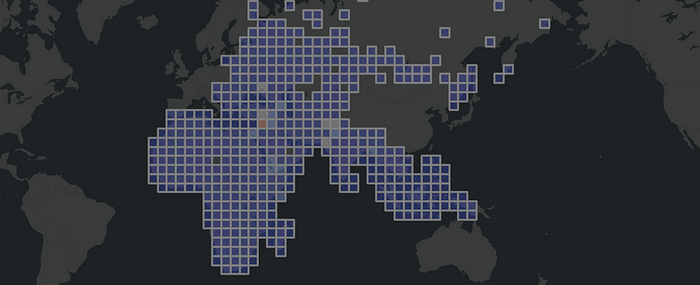Source: akbizmag.com
The computing cluster arrived at the UAF Geophysical Institute’s Alaska Satellite Facility earlier this year through funding by the National Geospatial-Intelligence Agency. The addition of the high-performance computers marks a significant expansion of the Alaska Satellite Facility’s capabilities. The computing cluster, given the name Athena after the Greek goddess of wisdom and war, is designed for processing terrain imagery obtained by satellites for the US government. It will process image data faster and produce maps in greater detail than current systems and at a cost savings to the government. “This is a powerful demonstration of how technology implemented at UAF can benefit the nation and emphasizes the importance of the Alaska Satellite Facility and the University of Alaska in making that benefit a reality,” said Nettie La Belle-Hamer, director of the Alaska Satellite Facility and UAF’s interim vice chancellor for research.
Link:
